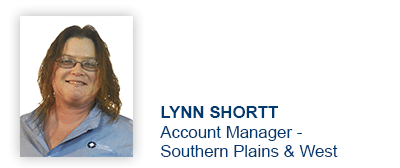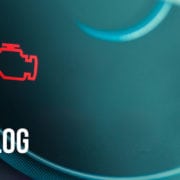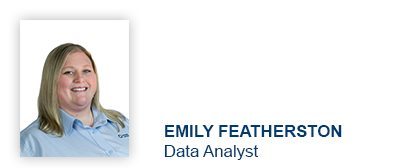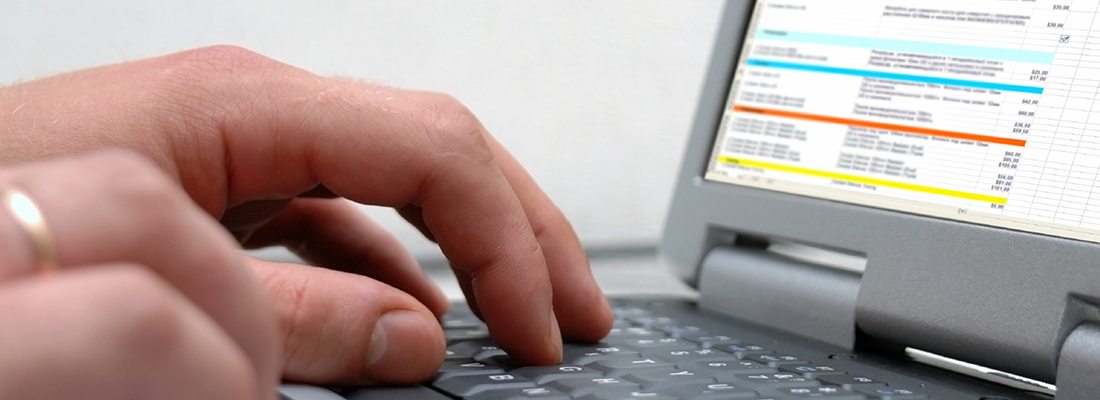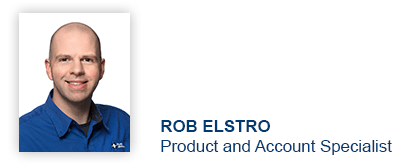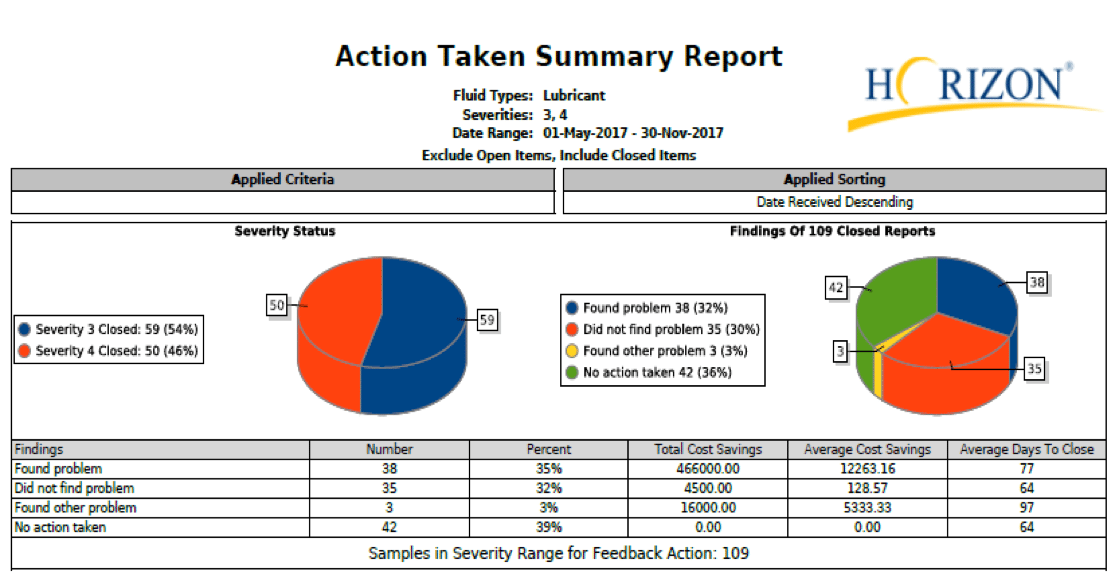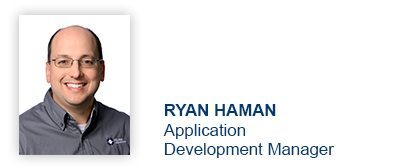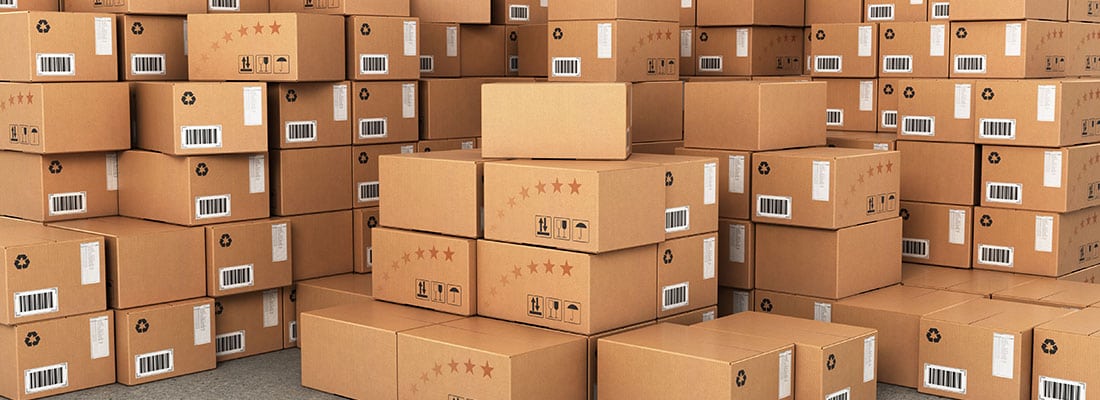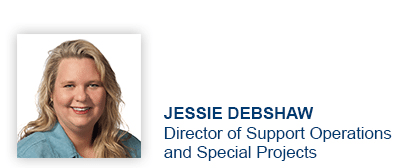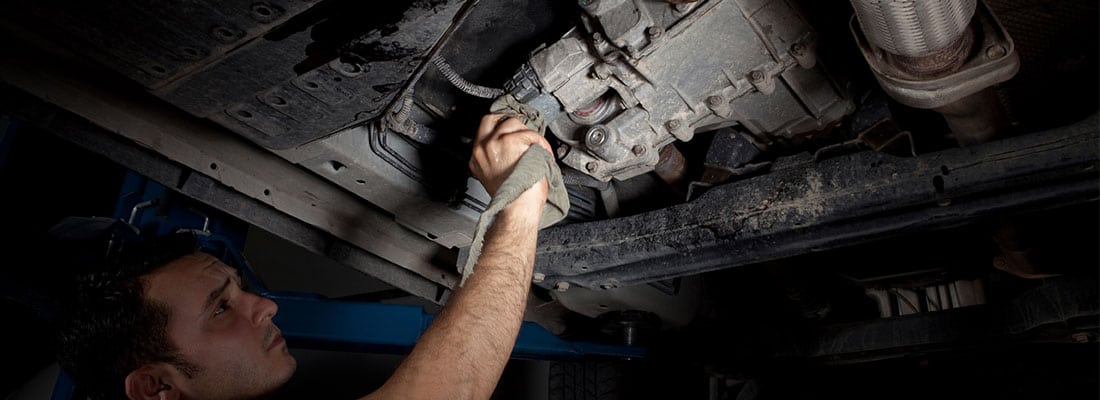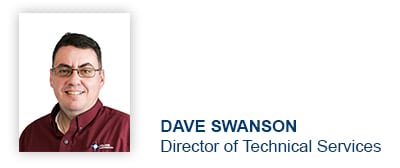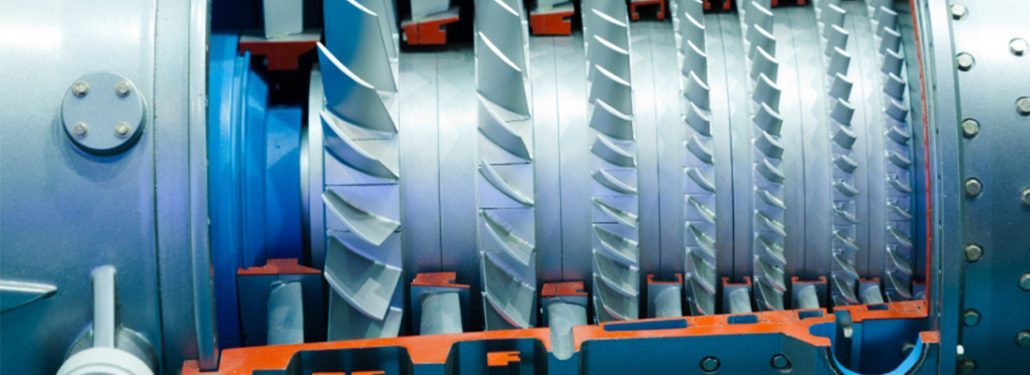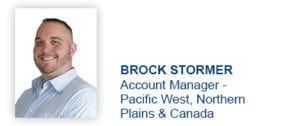It’s All In The Equipment List
Did you know that reviewing and updating your overall equipment list is a simple way to make your fluid analysis program more effective and efficient? Cleaning, updating and organizing your equipment list can also alert you of problems early before they can turn critical or cause a catastrophic event.
Overall Review
It’s good to do an overall review of your entire equipment list often, this ensures everything is up-to-date and accurate. It’s simple to do – just follow these steps:
- Using the data extraction tool under the “Data Management” tab on HORIZON®, download your list of equipment.
- Review the list for any updates that need to be made. While reviewing your equipment, here are some things to look for:
- Equipment that needs to be merged together
- Equipment that needs to be marked as inactive
- Any other information that needs updated
- Once you have completed your review and filled in any information that is missing or any equipment that needed merged, send the equipment list to our Customer Service team at custserv@eoilreports.com. We will work on getting those changes made within our system in time for them to be reflected in your next round of sampling.
Making Updates
One thing to note – the above steps can be used for doing an overall equipment review. At any time, you can go under the “Equipment Management” tab on HORIZON and click on “Equipment List” and make updates to your equipment within HORIZON as well.
Adding Equipment
Do you have a new group of equipment to add to your account? You can go to the Technical Library and download the Equipment List template. Once you have filled this out, send it to us and we will get everything loaded and updated in our system for you.
Staying on top of your equipment list can help you maximize the benefits of your fluid analysis program and make sure your program as efficient as it can be.
Proven Impact. Proven Uptime. Proven Savings.
Let us prove it to you.



